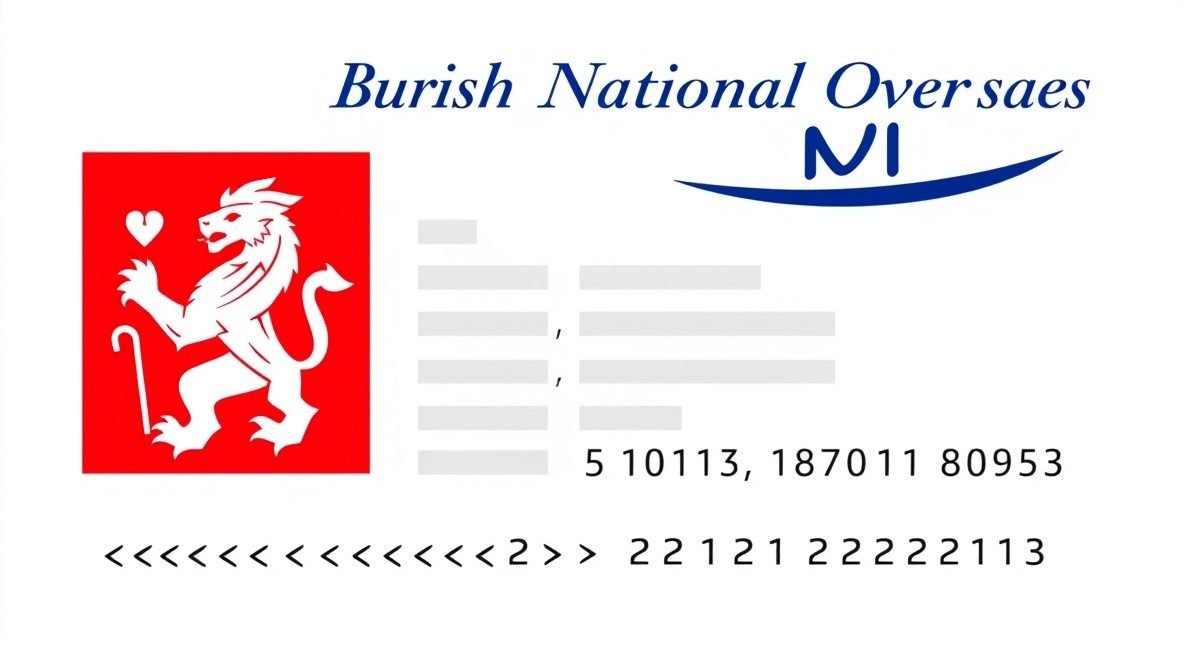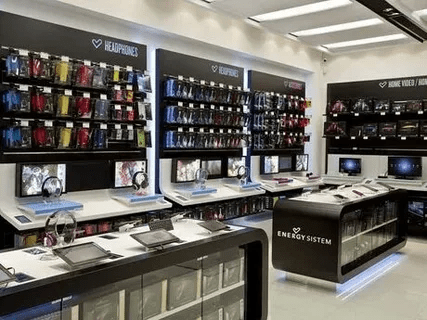Automatic Number Plate Recognition (ANPR) systems have become an integral tool in modern surveillance, especially in law enforcement, toll collection, and parking management. ANPR technology captures and processes images of license plates on vehicles, converting them into readable data that can be analyzed and matched in real time. This technology has revolutionized the way traffic management and security are approached by providing a highly efficient method for tracking vehicles and identifying potential security risks. As the Best Security Company, we understand the importance of integrating advanced systems like ANPR to ensure safety and efficiency. A crucial aspect of ANPR systems is the process of license plate matching, which allows these systems to identify and verify vehicles. In this article, we will explore how license plate matching works in ANPR systems and the role it plays in vehicle recognition.
Understanding ANPR Technology
Before diving into license plate matching, it’s important to understand the overall functioning of an ANPR system. ANPR technology uses optical character recognition (OCR) to read vehicle license plates. Cameras equipped with high-resolution sensors capture images of vehicles as they pass by. These images are then processed through a series of algorithms that identify the license plate number from the captured image. The system then compares this data to a pre-established database to check for matches, triggering alerts, or taking actions based on the result.
License plate recognition relies on several key components, such as cameras, software, databases, and machine learning algorithms. The system must capture clear and high-quality images of the vehicle’s license plate, especially in varying lighting and weather conditions. Once the image is captured, the software extracts the license plate number and runs it against a set of predetermined criteria or a list of recognized plates.
The Process of License Plate Matching
License plate matching is the process by which ANPR systems identify a vehicle’s license plate from a captured image and match it to a reference database. The matching process can be broken down into a few important steps, starting from image capture to database comparison.
Image Capture
The first step in license plate matching is the capture of the vehicle’s image. ANPR cameras are typically placed at strategic points such as entrance gates, toll booths, and security checkpoints. These cameras are equipped with high-resolution sensors to ensure they can capture clear images of license plates even at high speeds. The cameras are usually fitted with infrared sensors to help capture images during both day and night, providing consistent performance regardless of lighting conditions.
Once a vehicle passes through the camera’s field of view, the system captures an image of the vehicle and its license plate. The quality of the image is critical in this step, as any blurriness or distortion can hinder the recognition process.
Image Preprocessing
After the image is captured, it is processed to extract the license plate. This step is crucial in enhancing the quality of the image to make it easier for the system to identify the plate. Preprocessing includes several tasks such as noise reduction, contrast adjustment, and alignment correction.
The system also isolates the area of the image containing the license plate, cropping out unnecessary parts of the image. This helps the system focus solely on the relevant information, improving accuracy in the subsequent steps.
Optical Character Recognition (OCR)
Optical character recognition is the heart of license plate matching. OCR software is used to analyze the image of the license plate and extract the alphanumeric characters on it. OCR technology works by identifying the shapes and patterns of characters within the image and converting them into machine-readable text.
For example, if a vehicle’s license plate reads “ABC 1234”, the OCR software will process the image and extract “ABC1234” as the plate number. OCR can work on a variety of fonts and styles, which is essential for reading plates from different regions and countries that may have varying plate designs.
Database Comparison and Matching
Once the license plate number is extracted using OCR, the next step is comparing it with a pre-existing database of license plate numbers. ANPR systems typically have access to local or cloud-based databases containing vehicle registrations, criminal records, toll payments, parking history, or other relevant information.
The matching process involves searching for an exact or near match to the extracted license plate number in the database. If an exact match is found, the system flags the vehicle for further action, such as issuing a ticket, triggering an alert, or notifying security personnel. In some cases, the system may also compare the matched plate with other parameters, such as the time of entry or location, to provide additional context.
Handling Variability in License Plates
License plates are subject to a variety of design variations depending on the region, country, or even state. ANPR systems must account for these differences in design and formatting to ensure accuracy in the matching process. License plates may vary in font style, character spacing, and even color schemes. The OCR algorithms used in license plate matching are trained to handle these variations and accurately interpret different types of license plates.
For example, a license plate from one region might use a combination of letters and numbers, while another region may use only numbers. To address these challenges, ANPR systems are often trained with machine learning algorithms that allow them to recognize different plate formats and adapt to changing standards.
Real-time matching and Alerts
The primary advantage of ANPR systems is their ability to match license plates in real time. As a vehicle approaches an ANPR Security camera, the system can immediately extract the plate number, compare it with the database, and take appropriate action based on the match. For instance, if the vehicle is linked to a wanted criminal or flagged for unpaid tolls, the system can automatically alert authorities or initiate a response.
Real-time matching is particularly important in high-security areas such as airports, government buildings, or critical infrastructure facilities, where immediate action may be required upon detection of a match.
Applications of License Plate Matching in ANPR Systems
License plate matching plays a vital role in various applications of ANPR technology. It enables a wide range of functionalities, from law enforcement and traffic management to business applications. Some of the most common uses of license plate matching in ANPR systems include:
- Toll Collection: ANPR systems can automatically match the license plate of a vehicle to a toll payment account, enabling seamless, contactless toll collection.
- Law Enforcement: By matching license plates to criminal databases, ANPR systems help identify stolen vehicles, wanted criminals, or vehicles associated with criminal activities.
- Parking Management: Parking systems can use license plate matching to automatically verify vehicle registration and manage parking spaces in real time.
- Traffic Monitoring: License plate matching helps authorities monitor traffic patterns, identify violations, and enforce regulations such as speed limits or red-light running.
Future Trends in License Plate Matching
As ANPR technology continues to evolve, several advancements are expected to improve the accuracy and efficiency of license plate matching. The integration of AI and machine learning into ANPR systems will enhance their ability to handle more complex plate designs, reduce false positives, and adapt to changing patterns. Moreover, the use of high-definition cameras and improved OCR algorithms will ensure that ANPR systems can capture and match plates with even greater accuracy, even under challenging conditions.
The growing use of cloud-based databases will also enable faster and more extensive license plate matching. In the future, ANPR systems may become even more integrated with other security systems, such as surveillance cameras and automated traffic management tools, further enhancing their capabilities.
Conclusion
License plate matching is a crucial component of ANPR camera systems, allowing them to accurately identify and track vehicles in real-time. Through the use of high-resolution cameras, OCR technology, and powerful database comparison tools, ANPR systems are able to enhance security, streamline traffic management, and improve efficiency in various industries. As technology continues to evolve, the capabilities of license plate matching will only become more advanced, providing even greater benefits in the future.










































































































































































































































































































































































































































































































































































































































































































































































































































































































































































































































